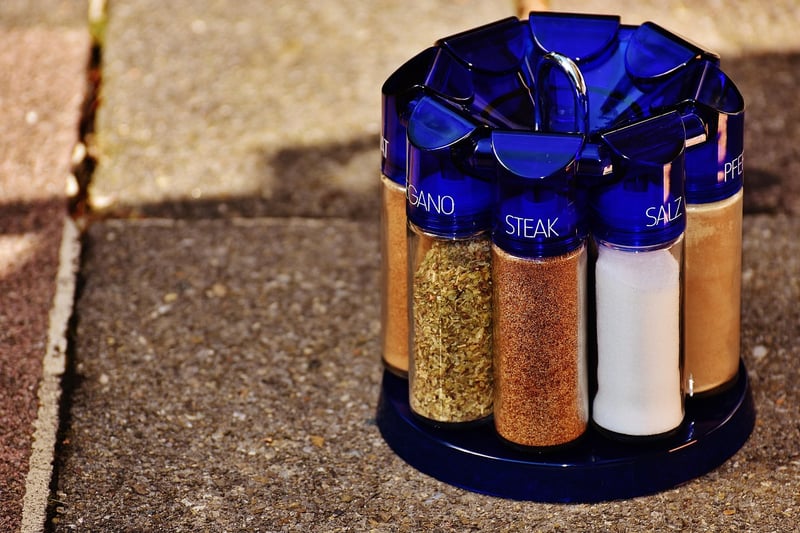Flavor Balance
Exploring Diverse Ingredients for Perfect Flavor Balance
Creating delicious and balanced dishes involves a deep understanding of various ingredients and how to combine them harmoniously. Exploring diverse ingredients can open up a world of culinary possibilities and elevate your cooking to new heights. Let's delve into different types of ingredients and how to achieve the perfect flavor balance in your dishes.
1. Herbs and Spices
Herbs and spices are essential in adding depth and complexity to your dishes. Experiment with a variety of fresh herbs like basil, cilantro, and mint, or try spices such as cumin, paprika, and turmeric. These ingredients not only enhance the taste but also contribute to the overall aroma and visual appeal of the dish.
2. Citrus Fruits
Citrus fruits like lemons, limes, and oranges can brighten up any dish with their tangy and refreshing flavor. The acidity of citrus fruits can balance out rich and savory dishes, adding a zesty twist to your cooking. Consider using citrus zest, juice, or segments to add a burst of freshness to salads, marinades, or desserts.
3. Umami-Rich Ingredients
Umami, known as the fifth taste, adds a savory and deeply satisfying element to dishes. Ingredients like soy sauce, miso paste, tomatoes, and mushrooms are rich in umami flavor. Incorporating these ingredients can enhance the overall taste profile of your dishes and create a more rounded and satisfying meal.
4. Sweet and Savory Balance
Balancing sweet and savory flavors is key to creating a well-rounded dish. Experiment with ingredients like honey, maple syrup, or fruits to add a touch of sweetness, while balancing it with savory elements like herbs, spices, or salty ingredients. Achieving the perfect sweet and savory balance can elevate the complexity of your dishes.
5. Global Ingredients
Exploring ingredients from different cuisines can introduce you to unique flavors and cooking techniques. Try ingredients like coconut milk in Thai curries, za'atar in Middle Eastern dishes, or kimchi in Korean cuisine. Incorporating global ingredients can add a multicultural twist to your cooking and inspire creativity in the kitchen.
6. Texture and Temperature Contrasts
Consider incorporating a variety of textures and temperature contrasts in your dishes for a more dynamic eating experience. Pair crispy elements like toasted nuts or fried shallots with creamy sauces, or serve hot dishes alongside cold salads for a delightful contrast. Playing with textures and temperatures can enhance the overall enjoyment of your meals.

Experimenting with diverse ingredients and focusing on achieving the perfect flavor balance can take your culinary skills to the next level. Embrace creativity in the kitchen, explore new flavors, and don't be afraid to mix and match different ingredients to create unique and delicious dishes that tantalize the taste buds.
Happy cooking!
